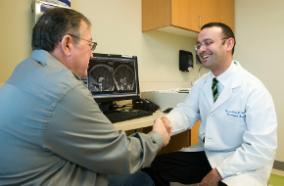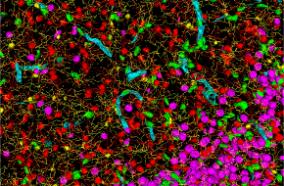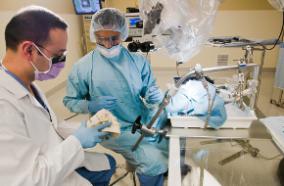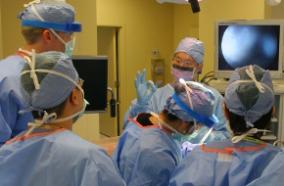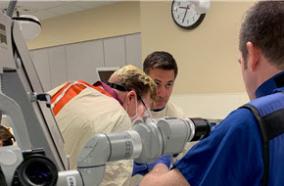Investigating effects of soil chemicals on density of small mammal bioindicators using spatial capture-recapture models.
Investigating effects of soil chemicals on density of small mammal bioindicators using spatial capture-recapture models.
PLoS One. 2020;15(9):e0238870
Authors: Gaukler SM, Murphy SM, Berryhill JT, Thompson BE, Sutter BJ, Hathcock CD
Abstract
Monitoring the ecological impacts of environmental pollution and the effectiveness of remediation efforts requires identifying relationships between contaminants and the disruption of biological processes in populations, communities, or ecosystems. Wildlife are useful bioindicators, but traditional comparative experimental approaches rely on a staunch and typically unverifiable assumption that, in the absence of contaminants, reference and contaminated sites would support the same densities of bioindicators, thereby inferring direct causation from indirect data. We demonstrate the utility of spatial capture-recapture (SCR) models for overcoming these issues, testing if community density of common small mammal bioindicators was directly influenced by soil chemical concentrations. By modeling density as an inhomogeneous Poisson point process, we found evidence for an inverse spatial relationship between Peromyscus density and soil mercury concentrations, but not other chemicals, such as polychlorinated biphenyls, at a site formerly occupied by a nuclear reactor. Although the coefficient point estimate supported Peromyscus density being lower where mercury concentrations were higher (β = -0.44), the 95% confidence interval overlapped zero, suggesting no effect was also compatible with our data. Estimated density from the most parsimonious model (2.88 mice/ha; 95% CI = 1.63-5.08), which did not support a density-chemical relationship, was within the range of reported densities for Peromyscus that did not inhabit contaminated sites elsewhere. Environmental pollution remains a global threat to biodiversity and ecosystem and human health, and our study provides an illustrative example of the utility of SCR models for investigating the effects that chemicals may have on wildlife bioindicator populations and communities.
PMID: 32941472 [PubMed - indexed for MEDLINE]

